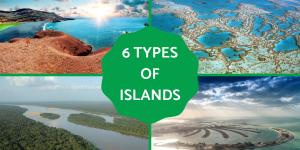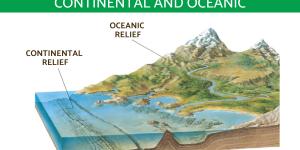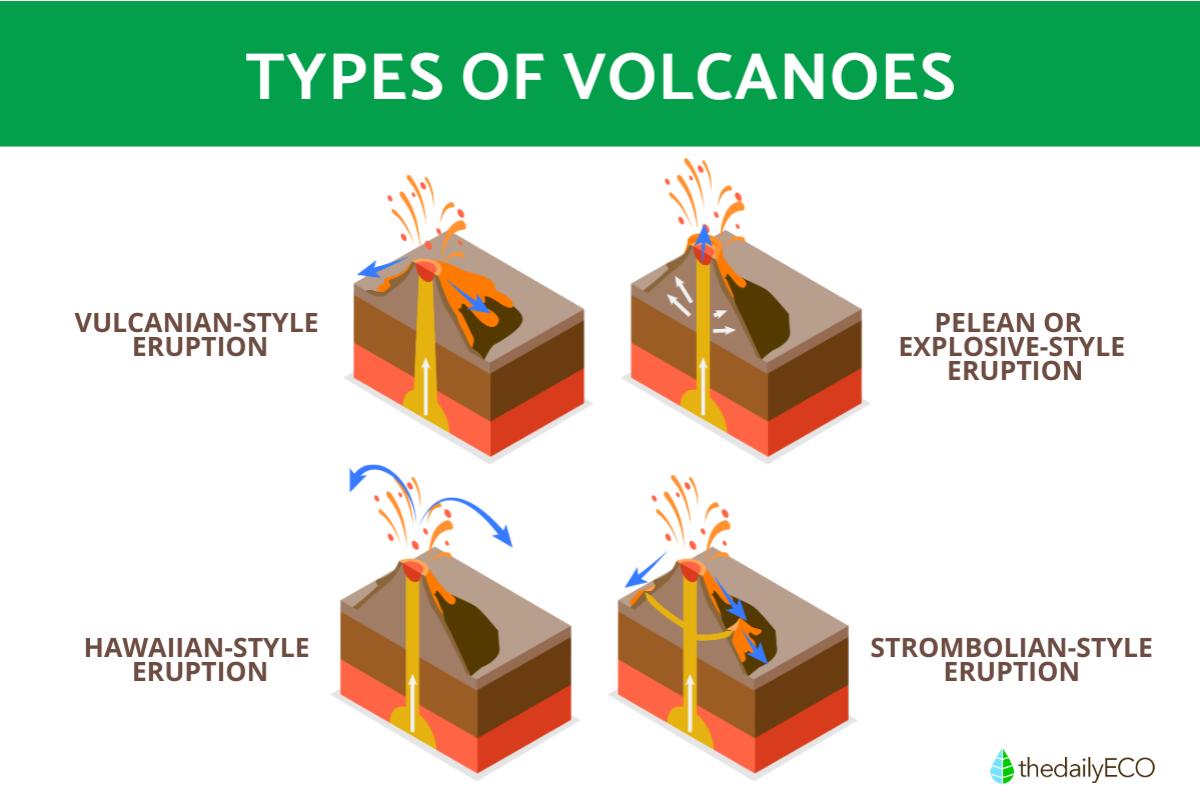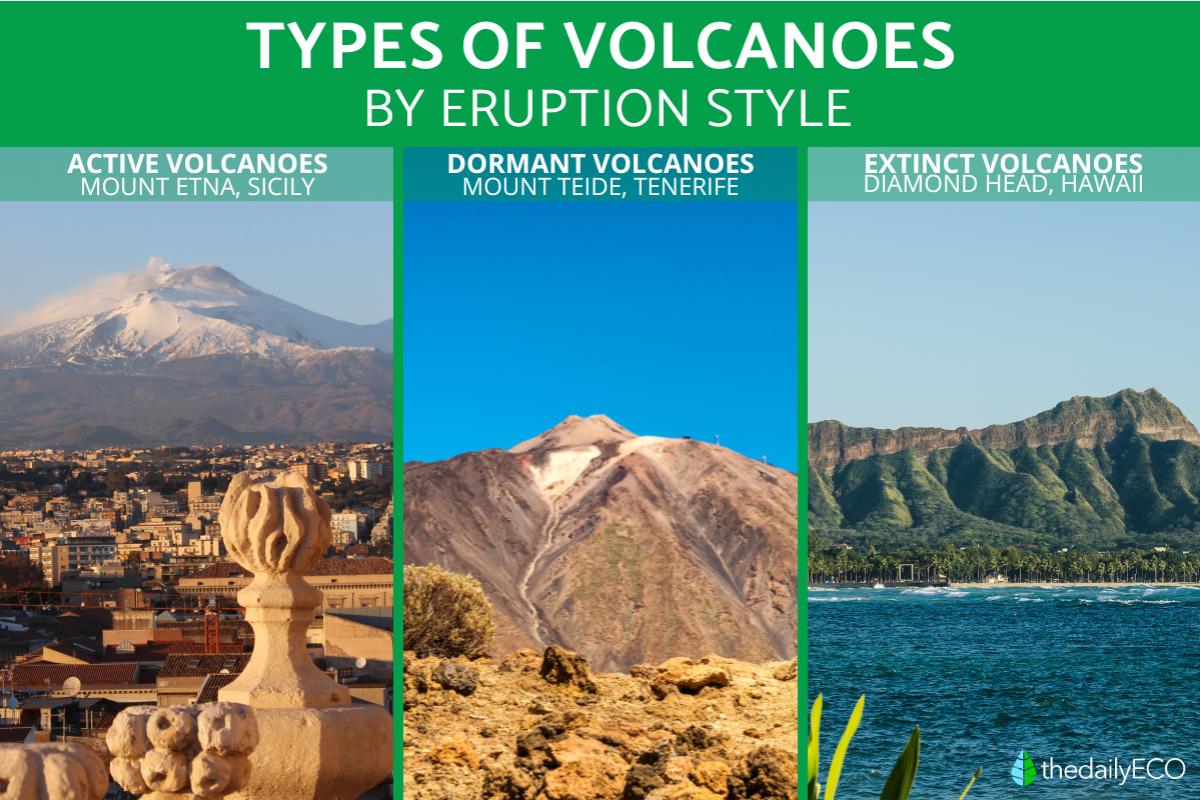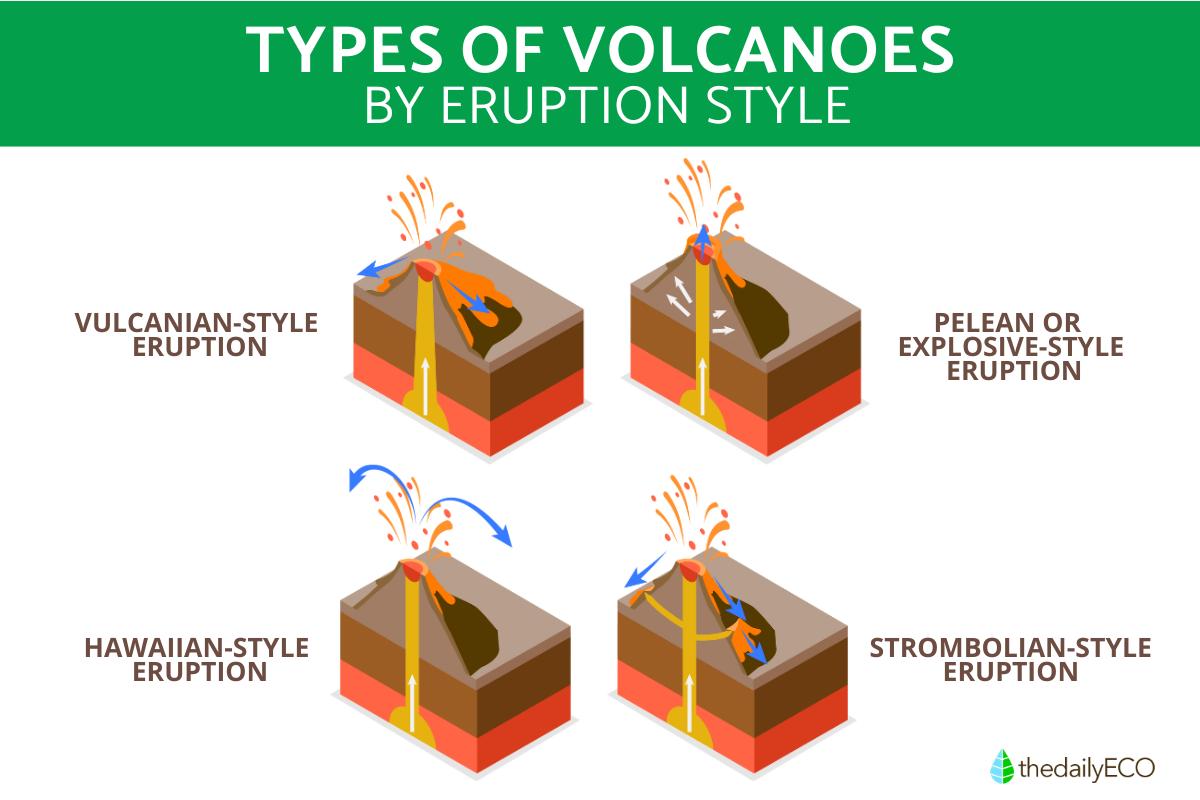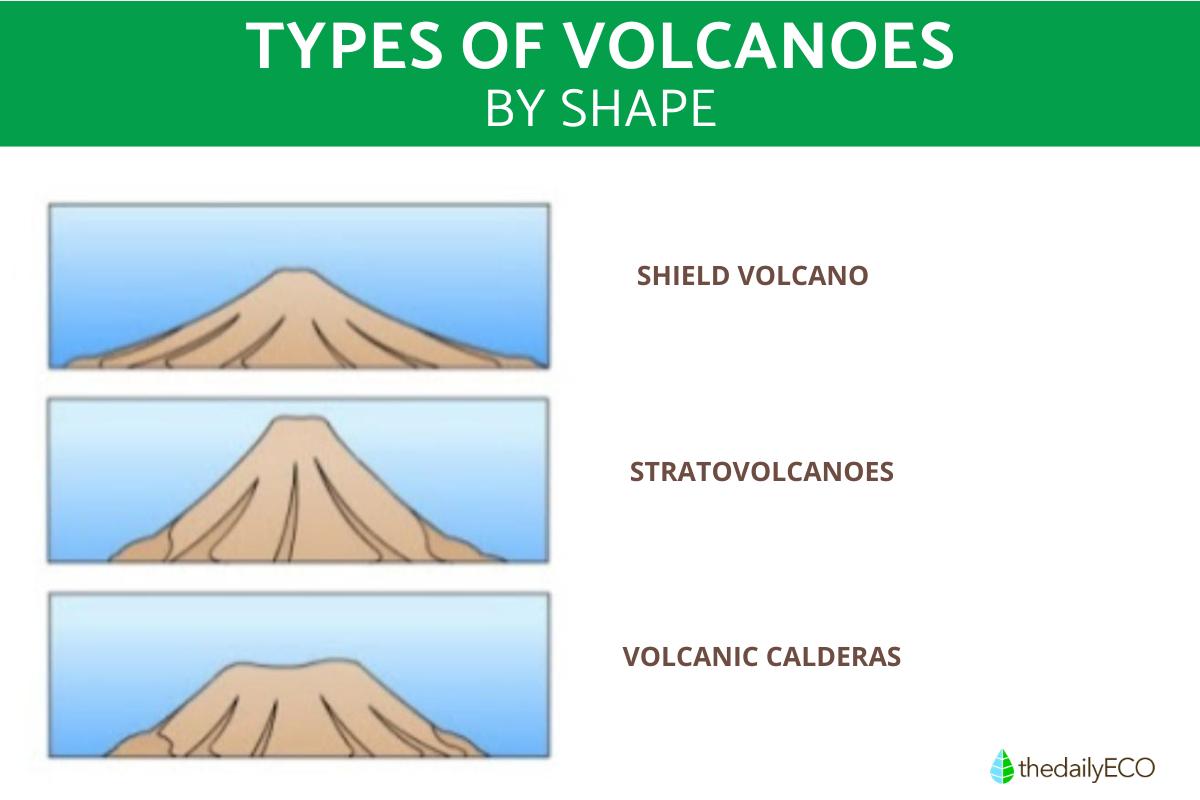Different Types of Volcanoes


Volcanoes are essentially openings in the Earth's crust where molten rock, called magma, rises from deep inside the planet and erupts onto the surface as lava. These powerful forces dramatically alter landscapes, build new land, and sometimes present serious dangers to nearby communities. To better understand and predict volcanic eruptions, scientists study the various types of volcanoes. Some volcanoes produce slow-moving lava flows, while others erupt explosively. This wide range of behaviors is why volcanologists categorize them according to their activity, eruption style, and shape.
In the following article by thedailyECO, we will explore the different types of volcanoes, as well as the different ways in which they are classified.
Types of volcanoes by activity status
Understanding a volcano's activity level is crucial for predicting eruptions and keeping nearby communities safe.
Active volcanoes:
Active volcanoes are those that are currently erupting or could erupt at any time. Kilauea in Hawaii, constantly oozing lava, and Mount Etna in Sicily, Europe's most active, are prime examples. Volcán de Fuego in Guatemala, known for its frequent explosions, Cumbre Vieja in La Palma, which dramatically erupted in 2021, and Indonesia's Mount Merapi, a frequent offender, also demonstrate the persistent threat of active volcanoes.
While the definition can vary slightly, scientists generally consider a volcano active if it has erupted within the last 10,000 years.
Dormant volcanoes:
Dormant, or "sleeping," volcanoes have been quiet for centuries, but don't let their peaceful appearance fool you. They still have the potential to reawaken. These volcanoes retain connections to their magma sources, making them a potential hazard.
Mount Teide in Tenerife, though last active in 1909, shows ongoing seismic activity. Mount Vesuvius, quiet since 1944, remains a threat to Naples. Mount Fuji, dormant since 1707-1708, is closely monitored.
Recent signs like increased seismic activity, ground changes, or gas emissions signal that these volcanoes are far from dead and could erupt again, sometimes with little warning.
Extinct volcanoes:
Extinct volcanoes are those that haven't erupted for at least 25,000 years and are considered unlikely to erupt again.
Their magma sources have likely dried up, or tectonic shifts have moved them away from hotspots. Diamond Head in Hawaii, a popular hiking spot, last erupted about 200,000 years ago. Edinburgh Castle Rock, with its historic fortress, is built atop an extinct volcanic plug. Shiprock in New Mexico and Mount Thielsen in Oregon, extinct for about 250,000 years, are reminders of past volcanic activity.
While generally considered safe, our understanding of volcanic timelines is always evolving, as we continue to learn more about these fascinating geological features.
If you enjoyed learning about standard volcano types, you might be interested in our article exploring their colossal cousins that dwarf regular volcanic systems.

Types of volcanoes by eruption style
Eruption styles are fundamentally governed by magma composition, specifically silica content, gas content, and temperature. These factors dictate magma viscosity, which in turn controls the eruption's explosivity and morphology.
Hawaiian eruptions:
Hawaiian eruptions are characterized by effusive basaltic flows, driven by low silica content (45-55% SiO2), high temperature (1000-1200°C), and low gas content, resulting in very low viscosity and highly fluid lava.
These eruptions feature gentle lava fountains, lava flows, and the formation of lava lakes and tubes, with minimal explosive activity due to easy gas escape. Mauna Loa and Kilauea in Hawaii exemplify this style, forming shield volcanoes with broad, gently sloping profiles.
Strombolian eruptions:
Strombolian eruptions, on the other hand, are driven by intermediate silica content (50-60% SiO2), moderate temperature, and moderate gas content, resulting in moderately viscous lava.
These eruptions produce rhythmic, moderate explosions that eject incandescent volcanic bombs and lapilli, creating "fire fountains" and pulsating activity, often associated with cinder cones, as seen at Stromboli in Italy.
Vulcanian eruptions:
Vulcanian eruptions involve high silica content (55-65% SiO2), moderate to high viscosity, and significant gas content, leading to short-lived, powerful explosions of ash, rock fragments, and volcanic bombs.
These eruptions can produce dense ash clouds that rise several kilometers, and are frequently seen at stratovolcanoes like Sakurajima in Japan and Tavurvur in Papua New Guinea.
Peléan eruptions:
Peléan eruptions are some of the most dangerous. They are characterized by very high silica content (65-75% SiO2), extremely high viscosity, and high gas content, resulting in deadly pyroclastic flows and the formation of lava domes that can collapse.
Plinian eruptions are the most explosive, driven by very high silica content, extremely high viscosity, and very high gas content, producing sustained eruption columns and massive ash clouds that reach the stratosphere. These eruptions, like those of Mount Vesuvius, Mount Pinatubo, and Krakatoa, can have significant atmospheric and climatic impacts and often result in caldera formation.
Hydromagmatic eruptions:
These are caused by the interaction of magma with water, leading to explosive eruptions that produce fine-grained ash and base surges. These eruptions, influenced by varying magma compositions and water presence, form features like tuff rings, maars, and low-relief craters, as seen at Taal Volcano in the Philippines.
Icelandic (fissure) eruptions:
Icelandic (fissure) eruptions feature effusive eruptions from long fissures or cracks in the Earth's crust, producing large volumes of fluid basaltic lava and forming lava plateaus, as exemplified by Krafla and Laki in Iceland.
Submarine eruptions:
Submarine eruptions, occurring underwater, are generally less explosive due to water pressure and often produce pillow lava formations. In shallow water, they can create new islands, with examples like Kavachi in the Solomon Islands and Lo'ihi near Hawaii.
Discover the fascinating properties of molten rock and how different types of lava create unique landscapes in our related article.

Types of volcanoes by shape
The shape of a volcano is a direct result of its eruption style and lava composition, sculpting distinct profiles that help us understand their history.
- Shield volcanoes: these are characterized by their broad, gently sloping forms. They're built from layers of fluid lava flows, creating a shield-like appearance from a distance. These massive structures form over long periods, often associated with hotspots or mid-ocean ridges.
- Stratovolcanoes or composite volcanoes: these are the classic, cone-shaped volcanoes we often picture. Their steep sides are made of alternating layers of lava and pyroclastic material, built around a central vent. These complex volcanoes, common in subduction zones, can produce both explosive and effusive eruptions.
- Volcanic calderas: these large, basin-shaped depressions form after a massive eruption empties the magma chamber, causing the summit to collapse. They often show signs of renewed activity and can contain lakes, representing some of Earth's most dramatic volcanic events.
- Cinder cones or scoria cones: these are the most common, yet smallest, volcanoes. They're steep-sided cones made of loose pyroclastic fragments, formed during relatively short eruptive episodes. They often cluster around larger volcanoes or in volcanic fields.
- Lava domes: these are rounded, steep-sided mounds formed when thick, viscous lava piles up around the vent. They pose a risk of explosive collapse, especially when pressure builds up inside, and often form within calderas or on the flanks of larger volcanoes.
Discover the factors that determine when a volcano will erupt in our companion article.

If you want to read similar articles to Different Types of Volcanoes, we recommend you visit our Facts about nature category.
- British Geological Survey. (n.d.). How volcanoes form. Discovering Geology. https://www.bgs.ac.uk/discovering-geology/earth-hazards/volcanoes/how-volcanoes-form/
- Heggy, E., & Gaillard, F. (2014). Volcanic processes and hazards. In T. Beer, J. Li, & K. Alverson (Eds.), Global Change and Future Earth: The Geoscience Perspective (pp. 287-309). Springer. https://link.springer.com/chapter/10.1007/978-81-322-1539-4_16
- National Geographic. (n.d.). Plate tectonics and volcanic activity. Education National Geographic. https://education.nationalgeographic.org/resource/plate-tectonics-volcanic-activity/
- U.S. Geological Survey. (n.d.). Volcano types. Volcanoes. https://pubs.usgs.gov/gip/volc/types.html

